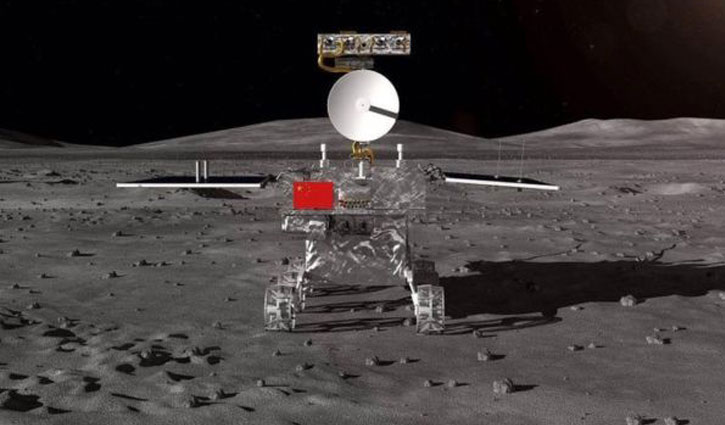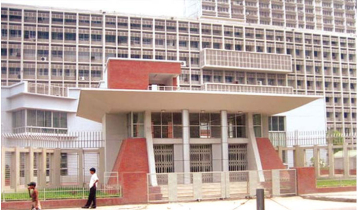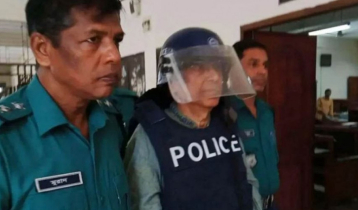China Moon mission lands spacecraft on far side
4 || risingbd.com

International Desk: China says it has successfully landed a robotic spacecraft on the far side of the Moon, the first ever such attempt and landing.
At 10:26 Beijing time (02:26 GMT), the un-crewed Chang'e-4 probe touched down in the South Pole-Aitken Basin, state media said.
It is carrying instruments to analyse the unexplored region's geology, as well to conduct biological experiments.
The landing is being seen as a major milestone in space exploration.
There have been numerous missions to the Moon in recent years, but the vast majority have been to orbit, fly by or impact. The last crewed landing was Apollo 17 in 1972.
The Chang'e-4 probe has already sent back its first pictures from the surface, which were shared by state media.
With no direct communication link possible, all pictures and data have to be bounced off a separate satellite before being relayed to Earth.
Previous Moon missions have landed on the Earth-facing side, but this is the first time any craft has landed on the unexplored and rugged far side.
Ye Quanzhi, an astronomer at Caltech, told the BBC this was the first time China had "attempted something that other space powers have not attempted before".
The Chang'e-4 was launched from Xichang Satellite Launch Centre in China on 7 December; it arrived in lunar orbit on 12 December.
The Chang'e-4 probe is aiming to explore a place called the Von Kármán crater, located within the much larger South Pole-Aitken (SPA) Basin - thought to have been formed by a giant impact early in the Moon's history.
"This huge structure is over 2,500km (1,550 miles) in diameter and 13km deep, one of the largest impact craters in the Solar System and the largest, deepest and oldest basin on the Moon," Andrew Coates, professor of physics at UCL's Mullard Space Science Laboratory in Surrey, told the BBC.
The event responsible for carving out the SPA basin is thought to have been so powerful, it punched through the Moon's crust and down into the zone called the mantle. Researchers will want to train the instruments on any mantle rocks exposed by the calamity.
Source: BBC
risingbd/Jan 3, 2018/Mukul
risingbd.com






































